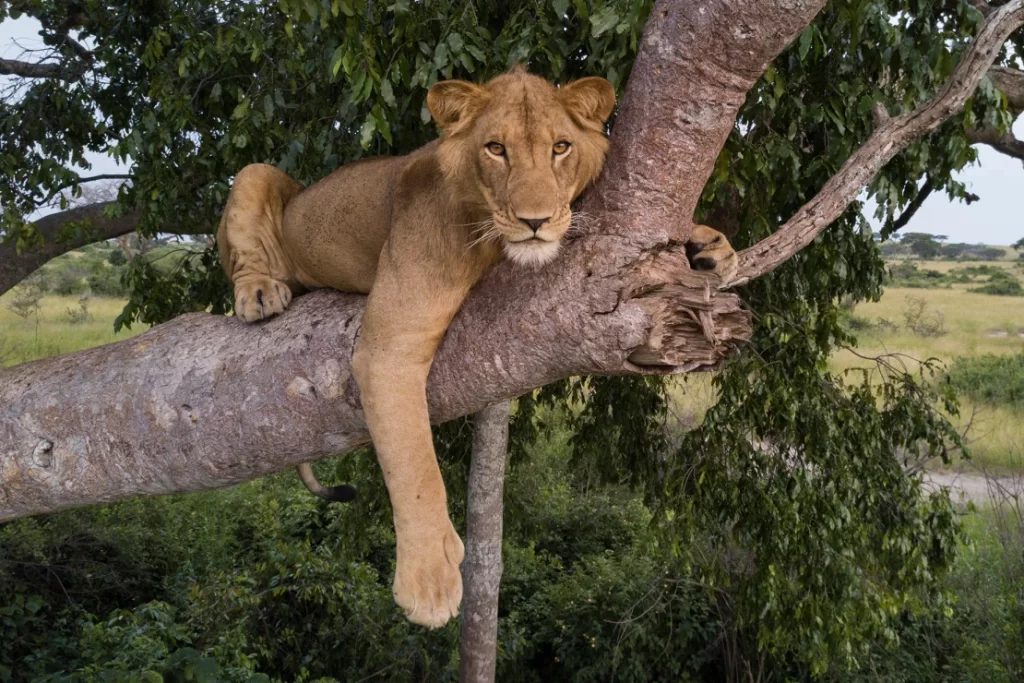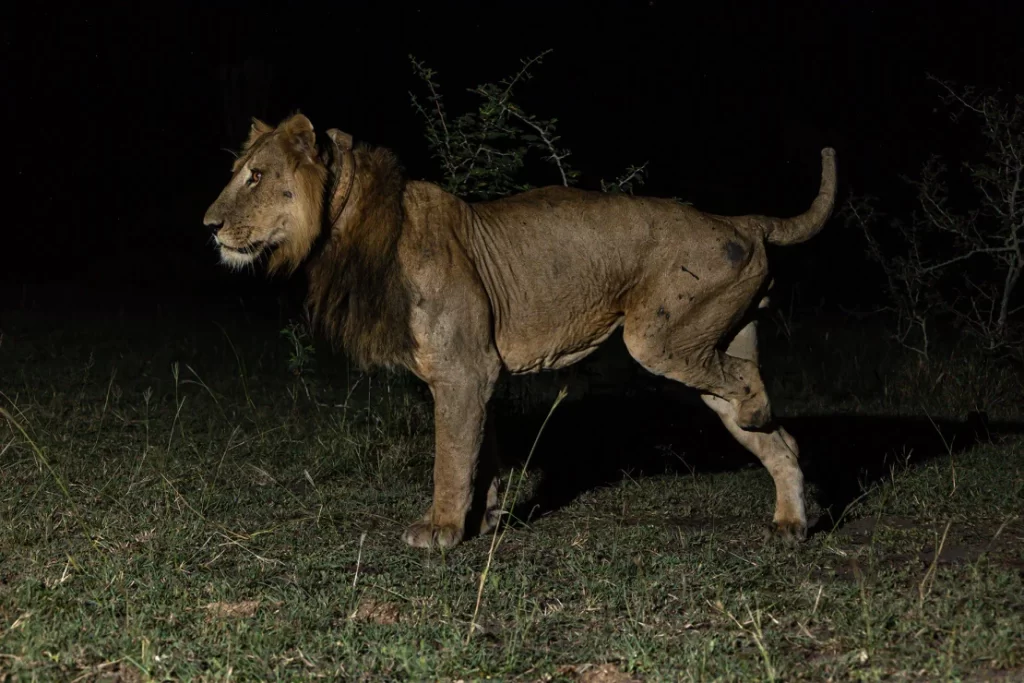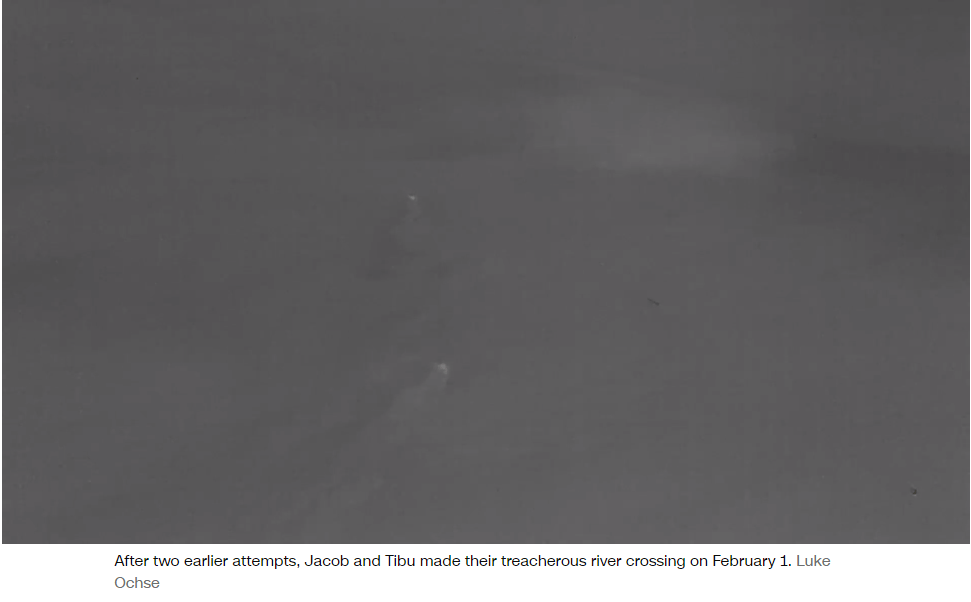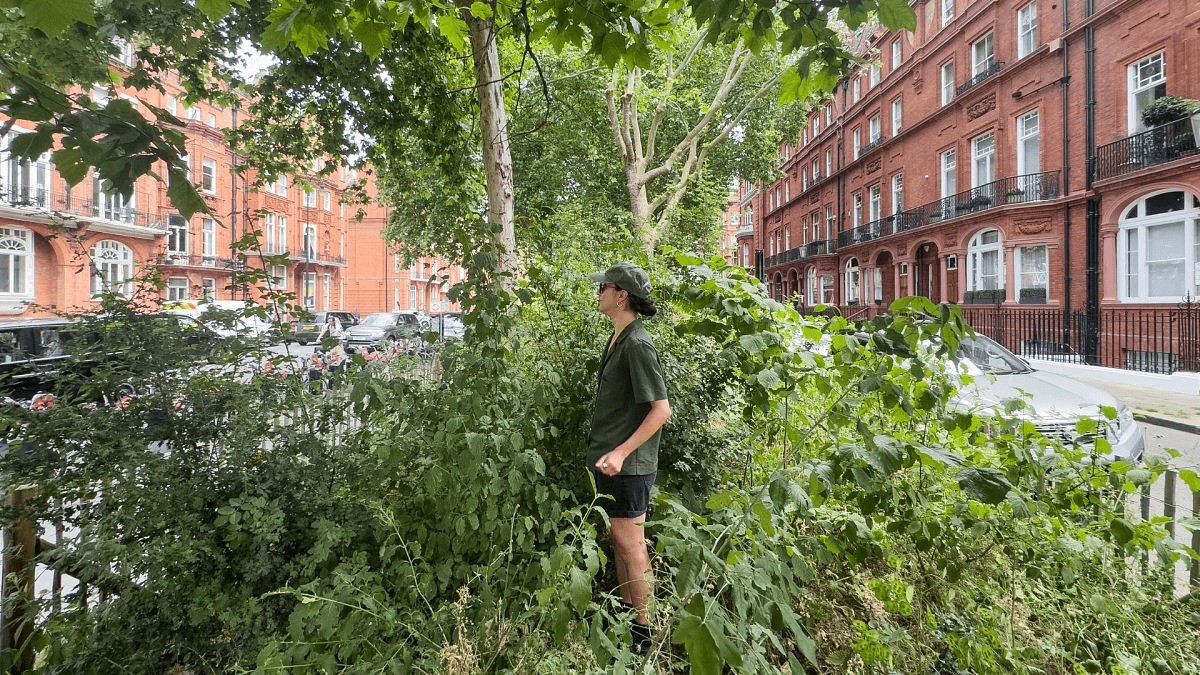In an unprecedented event, two lion brothers, including one with an amputated leg, swam nearly a mile through the crocodile-filled Kazinga Channel in Uganda’s Queen Elizabeth National Park.

Jacob (left) and Tibu stretch before going on an evening hunt.
The Remarkable Story of Jacob and Tibu
Jacob, the resilient lion who lost part of his leg to a poacher’s trap, and his brother Tibu made this daring swim in search of female lions after losing battles to rival males.
Research Findings and Implications
Scientists, including Dr. Alex Braczkowski, found this to be the longest recorded swim by lions. Their journey underscores the lengths these big cats will go to for survival and mating opportunities amid increasing human-wildlife conflicts.

Jacob hangs out in a tree in the Ugandan park when he was younger.
Challenges Facing Lion Populations
The lion population in the park has declined by 50% in five years due to poaching and habitat loss. Conservation efforts must address the economic needs of local communities to ensure the survival of these majestic animals.

Jacob’s leg was amputated after getting it caught in a steel poaching trap.
Jacob’s Incredible Journey
Jacob’s survival against all odds, including severe injuries and poaching attempts, marks him as one of Africa’s most resilient lions.

Conservation Insights and Future Directions
This dramatic river crossing highlights the urgent need for sustainable conservation models to support both wildlife and local communities in shared landscapes.










